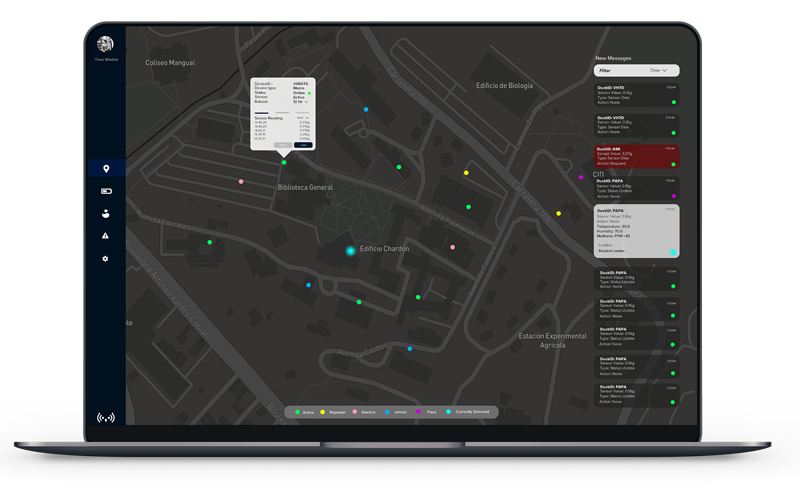Part
01
of two
Part
01
How has weather forecasting technology changed since the 19th century?
Key Takeaways
- Before the arrival of weather satellites, weather ships were crucial for gathering information for weather forecasting. Also called Ocean Station Vessels, they are dedicated ships strategically positioned around oceans as platforms for studying the surface and upper atmosphere weather.
- The first Radiosondes or radio-meteorographs were flown into the stratosphere in the early 1930s. After years of advancement, modern radiosondes provide upper air data that are crucial to weather forecasts and research. The vertical data resolution and height coverage that radiosondes provide cannot be matched by any individual observing system (for example, aircraft, or satellites).
- Initially built during the Second World War for identifying and tracking enemy aircraft, radar equipment was repurposed soon after the war ended. By 1954, AN/CPS-9, the first radar designed exclusively for meteorological use, was unveiled by the Air Weather Service of the United States Air Force. As an essential part of any weather equipment, radar can be used to predict precipitation related to hurricanes, thunderstorms, and winter storms.
- Equipped with sensors, weather drones are flown into the boundary layer, i.e., the lowest layer of the earth’s atmosphere, to collect information about humidity, temperature, and wind, for enhanced weather forecasting models. The use of drones has the capacity to greatly increase the accuracy of weather forecasting models, which can provide more sophisticated warnings for storms like tornadoes.
Introduction
This report analyzes how weather forecasting technology has changed since the 19th century. Major advancements provided are from different points in time since the late 19th century. They include Weather Balloons (1906), Weather Ships (1921), Radiosondes (1930s), Numerical Weather Prediction (NWP) Models (1950s), Radar (1954), Weather Satellites (1960), and Drones (1991).
Weather Balloons, 1906
- 1906 marked the beginning of assessing unmanned balloons as means to take weather devices into the atmosphere. In October 1909, the Weather Bureau (forerunner of the National Weather Service — NWS) launched a free-rising balloon from Omaha, Nebraska, reaching a height of 15 miles.
- In the 1940s, regular observations started, and now, weather balloons, also known as sounding balloons, are launched twice every day by NWS, from 92 stations within the United States, and about 900 locations globally.
- Weather balloons are used to examine the upper atmosphere and give significant data for forecasting weather. Like mobile weather stations, they carry scientific instruments that are equipped with sets of sensors to gauge weather variables such as atmospheric pressure, humidity, and temperature. Data collected is transmitted to ground-based receiver stations every 1 – 2 seconds, for storage and analysis.
- Weather balloons are the main data source above the ground, providing data for research, input for computer forecast models, and local data needed by meteorologists for forecasting and predicting storms. Weather balloon data used by computer forecast models are employed by forecasters globally, without which precise forecasts further than a few hours would not be possible.
Weather Ships, 1921
- Initially proposed in 1921 by Meteo-France, weather ships were very useful during the Second World War, but suffered attacks from U-Boat because they were defenseless. Before the arrival of weather satellites, they were crucial for gathering data for weather forecasting. A global network of weather ships established by the International Civil Aviation Organization (ICAO) in 1948 remained until 1985 when weather ships were slowly swapped with buoys.
- Known also as Ocean Station Vessels, weather ships are dedicated ships strategically positioned around oceans as platforms for studying the surface and upper atmosphere weather. Being positioned around the Atlantic and North Pacific Oceans, weather ships used radio to report their observations.
- Polarfront — aka weather station M ("Mike") — was taken from operation in January 2010, being the last weather ship. However, a fleet of voluntary merchant vessels still observe the weather from ships, in regular commercial operations.
Radiosondes, The 1930s
- Also known as radio-meteorographs, the first “radiosondes” were flown into the stratosphere in the early 1930s. A National Radiosonde Network was founded by the Weather Bureau in 1937 and is still in operation now.
- Tiny, disposable instrument packages (like small "weather stations") suspended under large balloons, radiosondes record temperature, pressure, humidity, and GPS data, as well as wind speed and direction, providing important data for computer models, local weather forecasting, and research. Collected data are then transmitted in real-time and high temporal resolution (every 1 second now) through radiowaves, to a ground-based receiving station at the launch site, hence it’s called "radio" sondes. A dedicated frequency range is set aside for these meteorological studies. The radiosonde data, received from about 1000 international active sites, are incorporated into the weather forecast models.
- After years of advancement and development, modern radiosondes deliver upper air data that are crucial to weather forecasts and research. The vertical data resolution and height coverage that radiosondes provide cannot be matched by any individual observing system (for example, aircraft, satellites, or ground-based sensors).
Numerical Weather Prediction (NWP) Models, The 1950s
- The numerical weather prediction era started in the 1950s, with the speed, capacity, and complexity of the models growing with computing power. Methods for feeding data into the models also became more sophisticated with new observations from sources like drifting weather balloons, earth-orbiting satellites, and radar systems.
- In forecasting weather, NWP models engage a set of equations that illustrate fluid flow and are interpreted into computer code. Over the years, numerical forecasts have advanced progressively. Data from NWP are the most recognizable form of weather model data — present weather observations are processed to predict future weather. Current weather studies, which determine output, are incorporated into the model’s framework and applied to generate forecasts for precipitation, temperature, and many other meteorological components from the oceans to the top of the atmosphere. Practically every step in NWP involves approximations, compromises, estimations, and omissions.
Radar, 1954
- Initially built during the Second World War for identifying and tracking enemy aircraft, radar equipment was repurposed on weather stations, soon after the war ended. In 1942, 25 aeronautical radars were donated by the U.S. Navy to the Weather Bureau, for meteorological use. By 1954, AN/CPS-9, the first radar exclusively designed for meteorological use, was revealed by the Air Weather Service of the United States Air Force.
- Radar is primarily used to detect, track, and estimate the types of weather events — like snow and rain — and the intensity of the precipitation. It is an essential part of any weather equipment and can also be used to predict precipitation related to hurricanes, thunderstorms, and winter storms.
- Pulse-Doppler Radars are now used by modern stations to detect rain droplet motion and the intensity of the precipitation. With the use of dual-polarization radar which sends and receives vertical and horizontal pulses, meteorologists always have a much clearer understanding of the multidimensional situation. The National Weather Service (NWS) currently uses Next-Generation Radar (NEXRAD) with dual-polarization technology to give more detailed information to forecasters with better approximations of the shape, size, type of precipitation, and overall gravity of incoming weather.
Weather Satellites, 1960
- The earliest attempts by the U.S. to see earth’s weather from space started in the 1950s. After the development of various experimental programs, by 1959, a revolutionary weather exploration mission went to space aboard the Explorer VII satellite. The first weather satellite named the Television InfraRed Observational Satellite (TIROS-1) was launched in April 1960. It operated for only 78 days and gathered 19,389 useful pictures of the earth.
- Weather satellites are the highest technology options accessible to weather forecasters, as they can see and collect large volumes of data about weather and climate with unmatched views. They hold either asynchronous orbits (covering the whole earth's surface) or geostationary (aiming at one spot for a long time). Being privy to unhindered views of the earth's cloud systems from orbit, satellites can collect data ranging from ocean temperatures to noticing sandstorms or wildfires.
- Their uniqueness lies in the ability to provide views of weather systems over large-scale areas, so weather patterns can be monitored hours or days before more traditional systems like weather radar. They are frequently used to track and observe large-scale weather patterns such as hurricanes. Real-time views of earth weather and billions of data bytes utilized for forecasting weather are provided by a fleet of modern environmental satellites, operated by the National Oceanic and Atmospheric Administration (NOAA).
Drones, 1991
- The Perseus, an unmanned aircraft, was the first weather drone developed by NASA. It was built to fly 60,000 feet and gather data on weather patterns and ozone depletion. Developed in 1991, its service was withdrawn in 2003, even though it collected valuable data.
- Furnished with sensors, weather drones are flown into the boundary layer, the lowest layer of Earth’s atmosphere, to collect information about humidity, temperature, and wind, for enhanced weather forecasting models. As a major advancement over conventional methods of gathering data, the use of drones has the capacity to greatly increase the accuracy of weather forecasting models, that can provide more sophisticated warning for storms like tornadoes.
- With a license, drones can be flown at high altitudes above 3500 feet, without any risks or issues. Because they can be easily controlled, they can be flown directly into the wind or storms to get data for a precise location at a particular altitude.
Research Strategy
For this research on How has weather forecasting technology changed since the 19th century?, we leveraged the most reputable sources of information that were available in the public domain, including The National Weather Service (NWS), NOAA, Interesting Engineering, Gleim Publications, and Meteomatics.








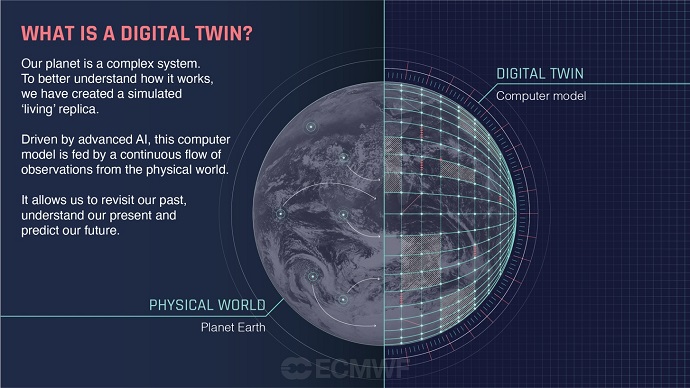
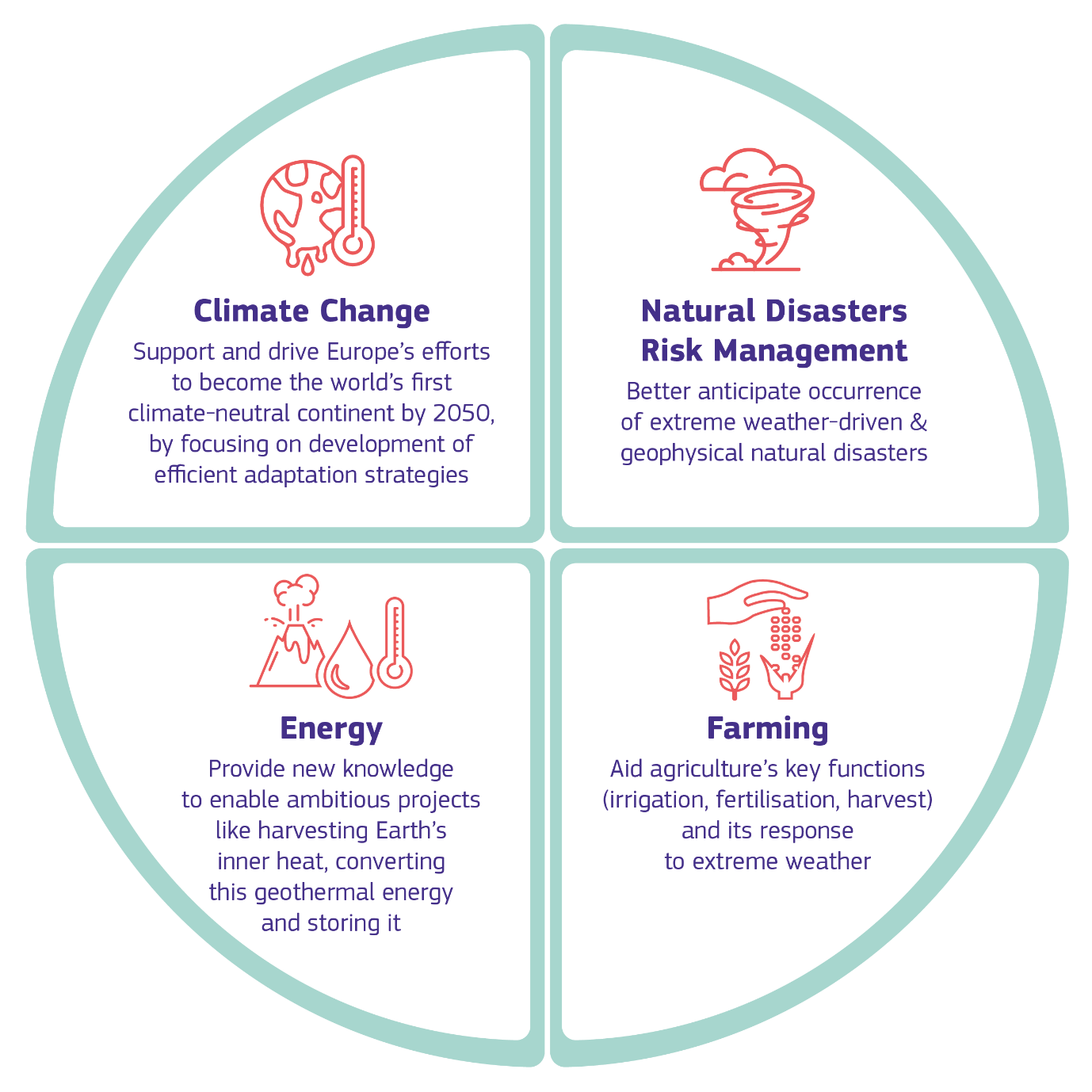


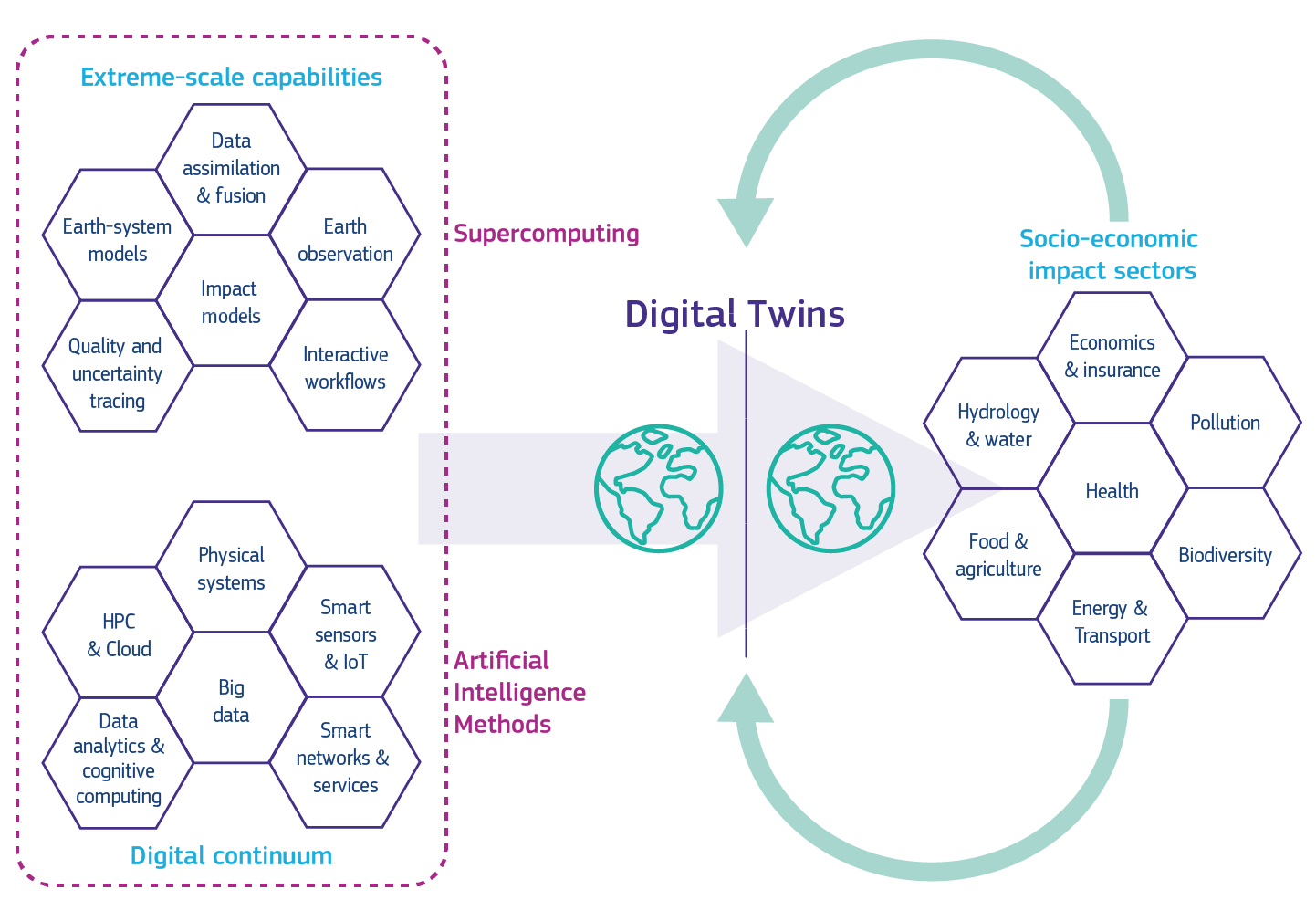
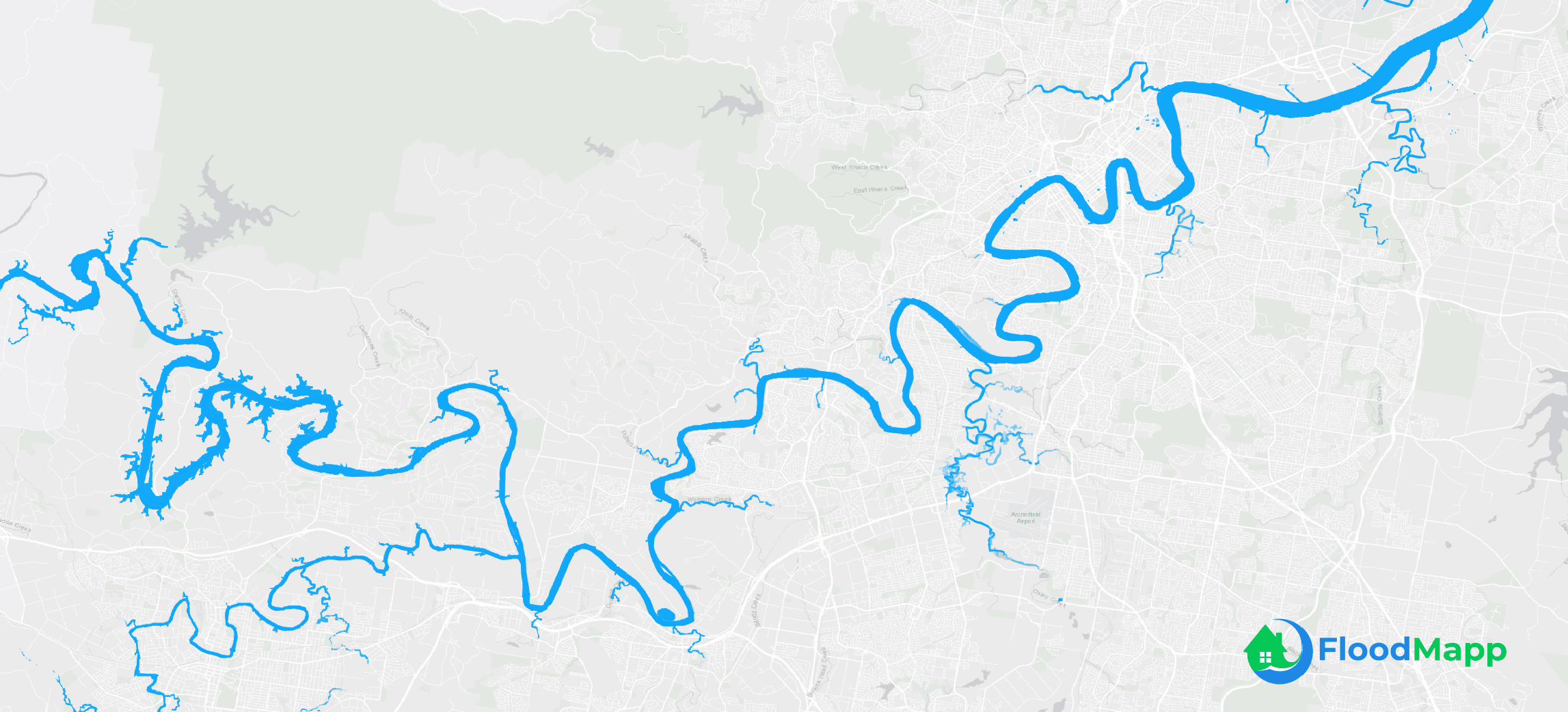



/filters:no_upscale()/news/2020/03/project-owl-iot-disaster-relief/en/resources/1linux-foundation-hardware-disaster-iot-0-1584825612060.jpeg)
/filters:no_upscale()/news/2020/03/project-owl-iot-disaster-relief/en/resources/1linux-foundation-hardware-disaster-iot-1-1584825612640.jpeg)
